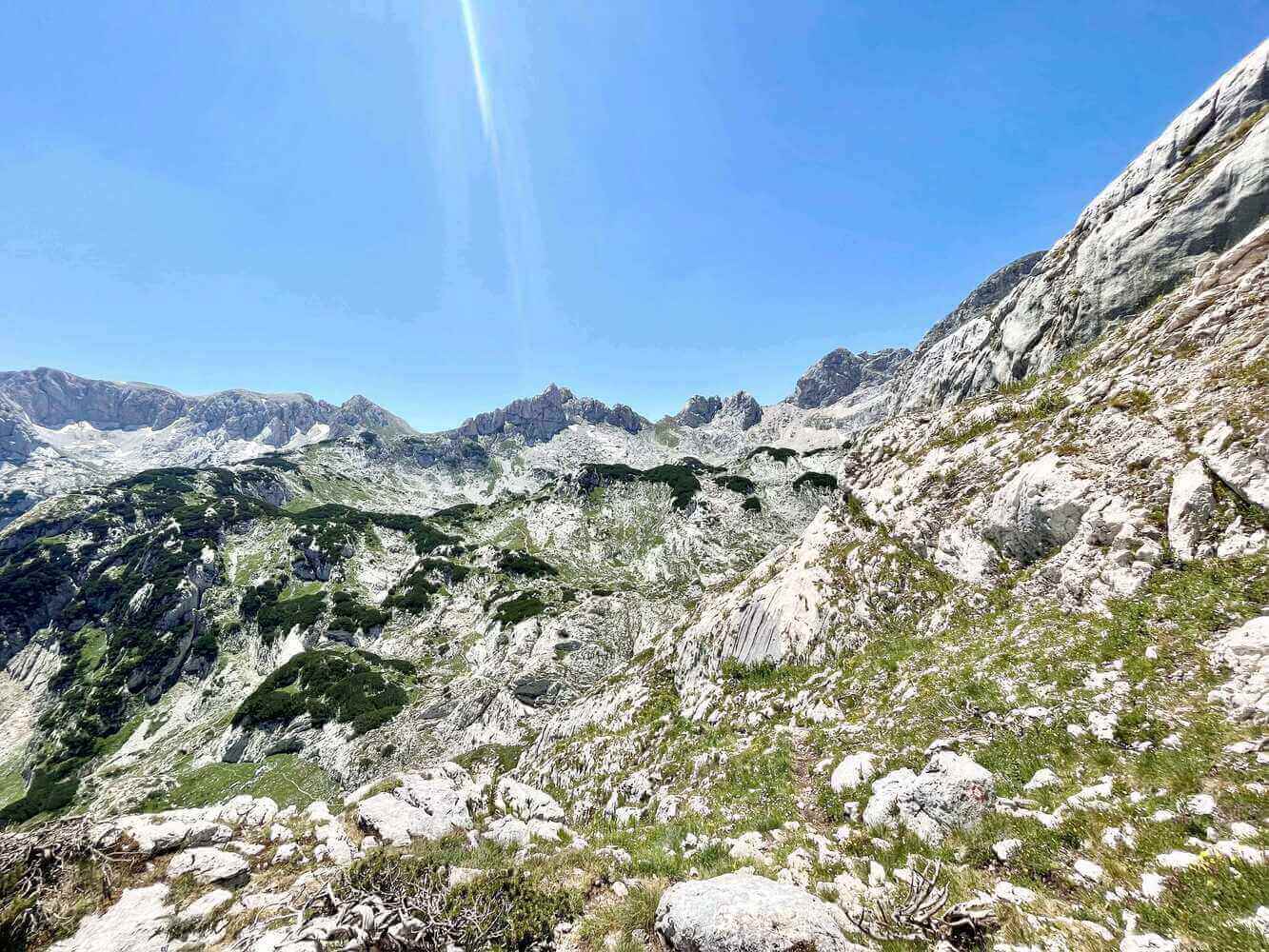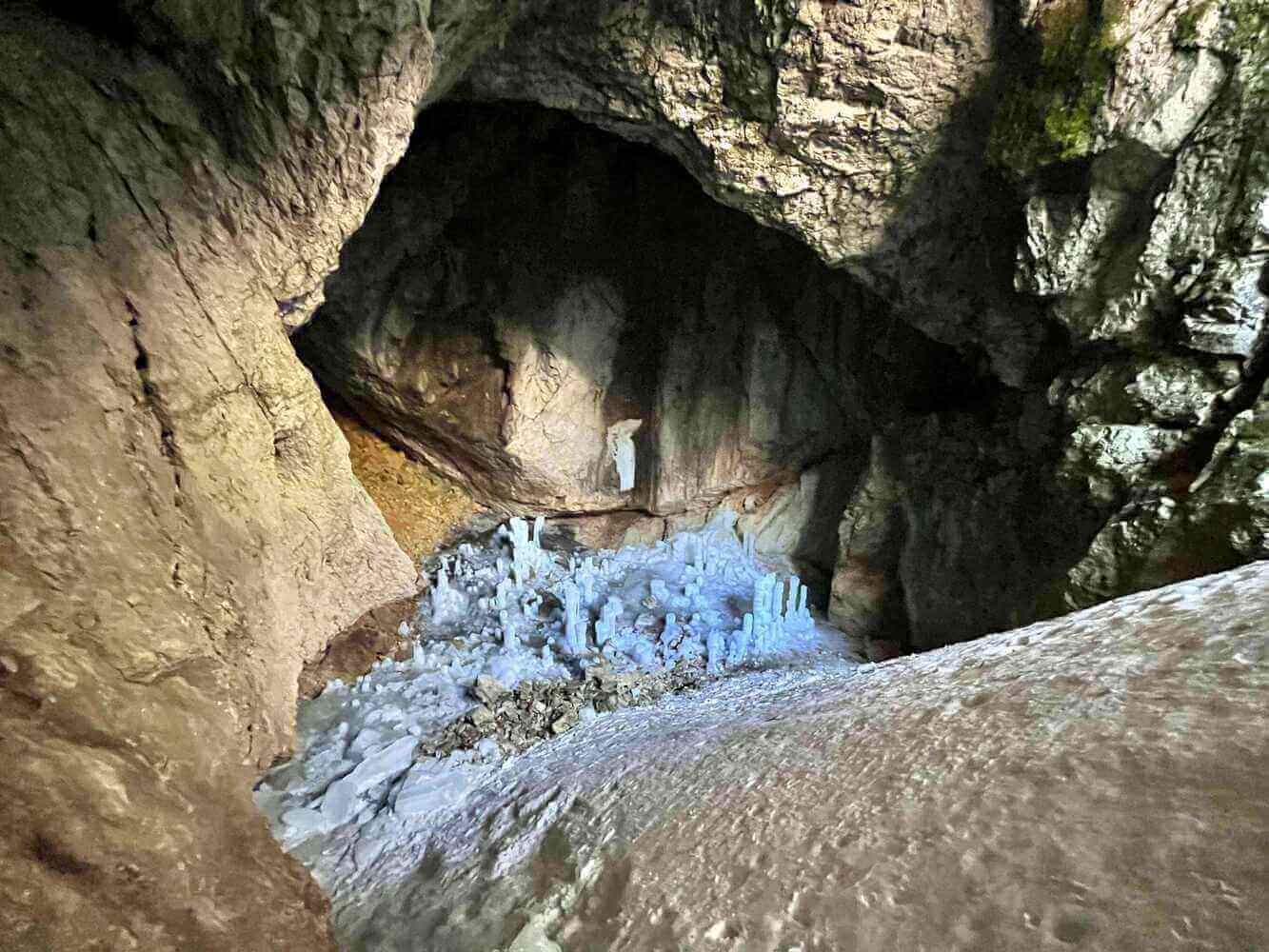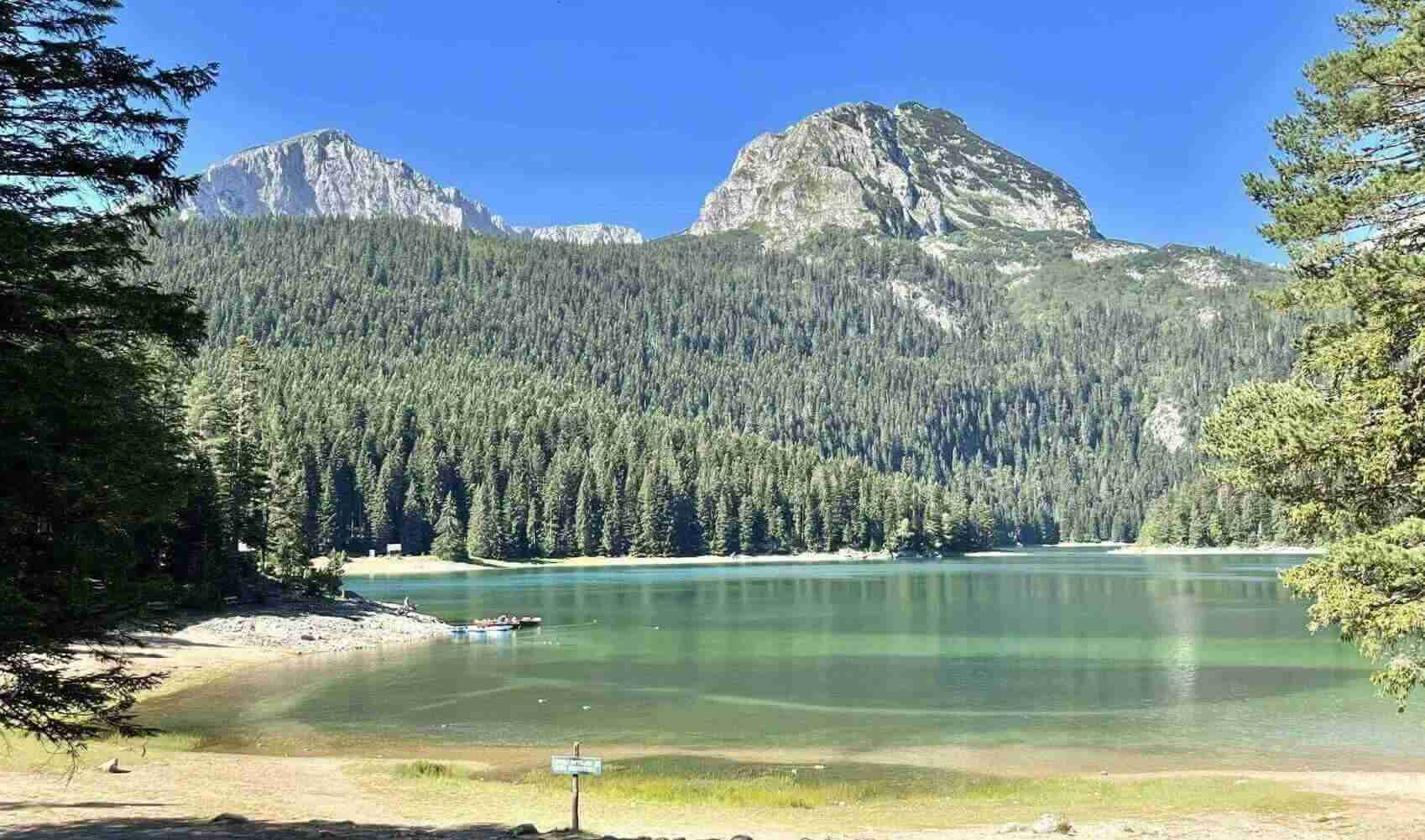
I visited Montenegro in July 2022. I had landed in Bosnia a few days before, met up with a friend there, then took a night bus to Montenegro’s capital Podgorica on a solo trip. I fell in love with the country as soon as I tasted their succulent €5 pizza. Each slice I ate brought me closer to nirvana, which I now have concluded is the state of being devoid of hunger. On my first night, I walked around the charming Gorica Park. My harmonic contemplation of the meaning of existence (which I was becoming more and more convinced is centered around pizza) was shattered by what sounded like repetitive canon fire. The Balkans are no strangers to violent conflict, so I hurried back to my hostel. Given everyone’s relaxed demeanours, I concluded that Montenegro was probably not being invaded, and if it were, people did not seem to mind too much. I did some research and realized that the following day was July 13th – Montenegro’s statehood day. I assume the loud noises were in preparation for celebrations.
Pronounced Podgoritsa, Podgorica is Montenegro’s capital. It is not a particularly touristic city, which gives it a local charm many large cities lack. You can meander from one end to the other in 45 minutes. When Montenegro was part of Yugoslavia, Podgorica was named Titograd in honor of the country’s leader. This is somewhat ironic since during World War II, it was Tito who asked the American and British air forces to bomb German troops in Podgorica, an action that resulted in hundreds of civilian deaths and the city being levelled. I enjoyed strolling through the quaint King’s Park, which was supposed to be traversed by the small Ribnica river. Since I visited during a heatwave, the stream was fully dried up, and I was able to walk on the riverbed.
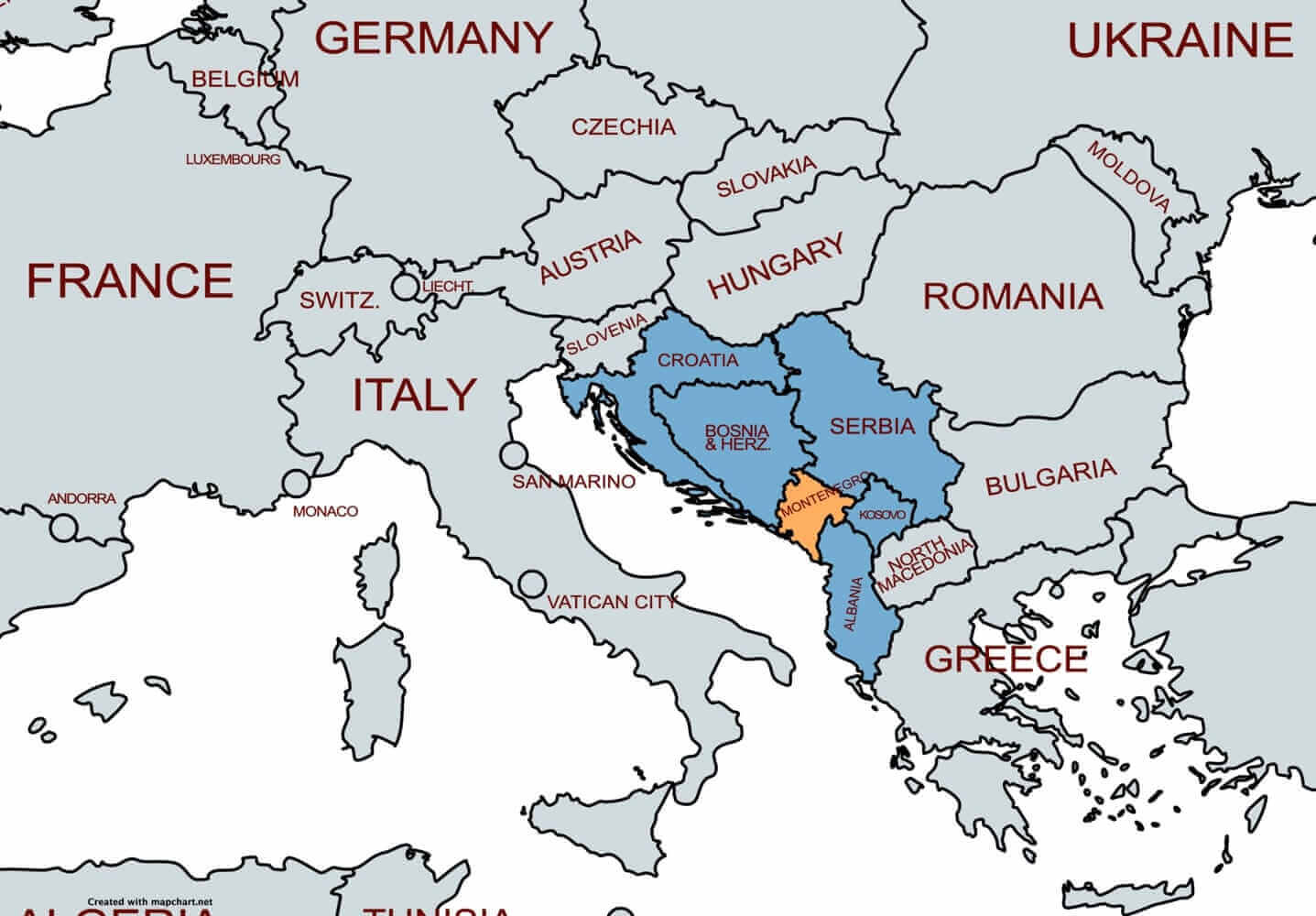
Montenegro was ruled by the Republic of Venice from 1420 until 1797. Starting in 1852, it gained autonomy as the Principality of Montenegro, under Prince Danilo I. During World War I, Montenegro aligned itself with Serbia, which led to it being invaded by Austria-Hungary in 1916. After the war, Montenegro became part of Yugoslavia, and was the nation’s smallest republic. It remained part of Yugoslavia throughout the 20th century, except during World War II when it was occupied by Italy.
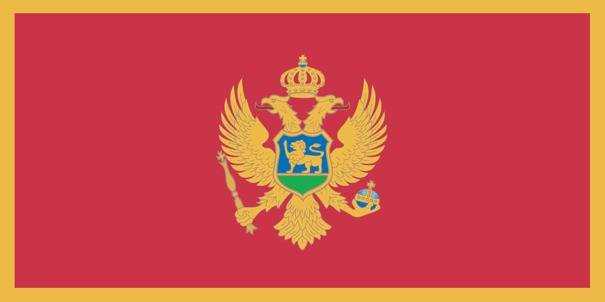
Montenegro was the last republic to secede from Yugoslavia. Unlike Bosnia & Herzegovina and Croatia, whose secessions spurred violent conflicts, Montenegro’s independence was achieved peacefully by a referendum in 2006, in which 55.5% of the population voted to leave. This just crossed the minimum threshold of 55% required for the referendum to take effect. Montenegro joined NATO in 2017. Although it is not part of the European Union or the Eurozone, it unilaterally decided to adopt the euro. I presume this is both to facilitate future integration in Europe, and to avoid the hassle of controlling their own currency.
Podgorica’s statue of Josep Broz Tito was erected recently in 2018. Tito was the leader of the communist partisan movement that liberated Yugoslavia from the Axis powers during World War II. Ethnically, Yugoslavia was very diverse. It consisted of 6 republics: Serbia, Croatia, Bosnia & Herzegovina, Slovenia, Macedonia, and Montenegro. Tito inspired the support of these different factions, and his cult of personality kept the nation united until his death in 1980. Over the next 30 years, Yugoslavia split into 7 separate countries: each of the constituent republics plus the region of Kosovo (which previously was part of Serbia). This goes to show how a charismatic figure can unite disparate people.
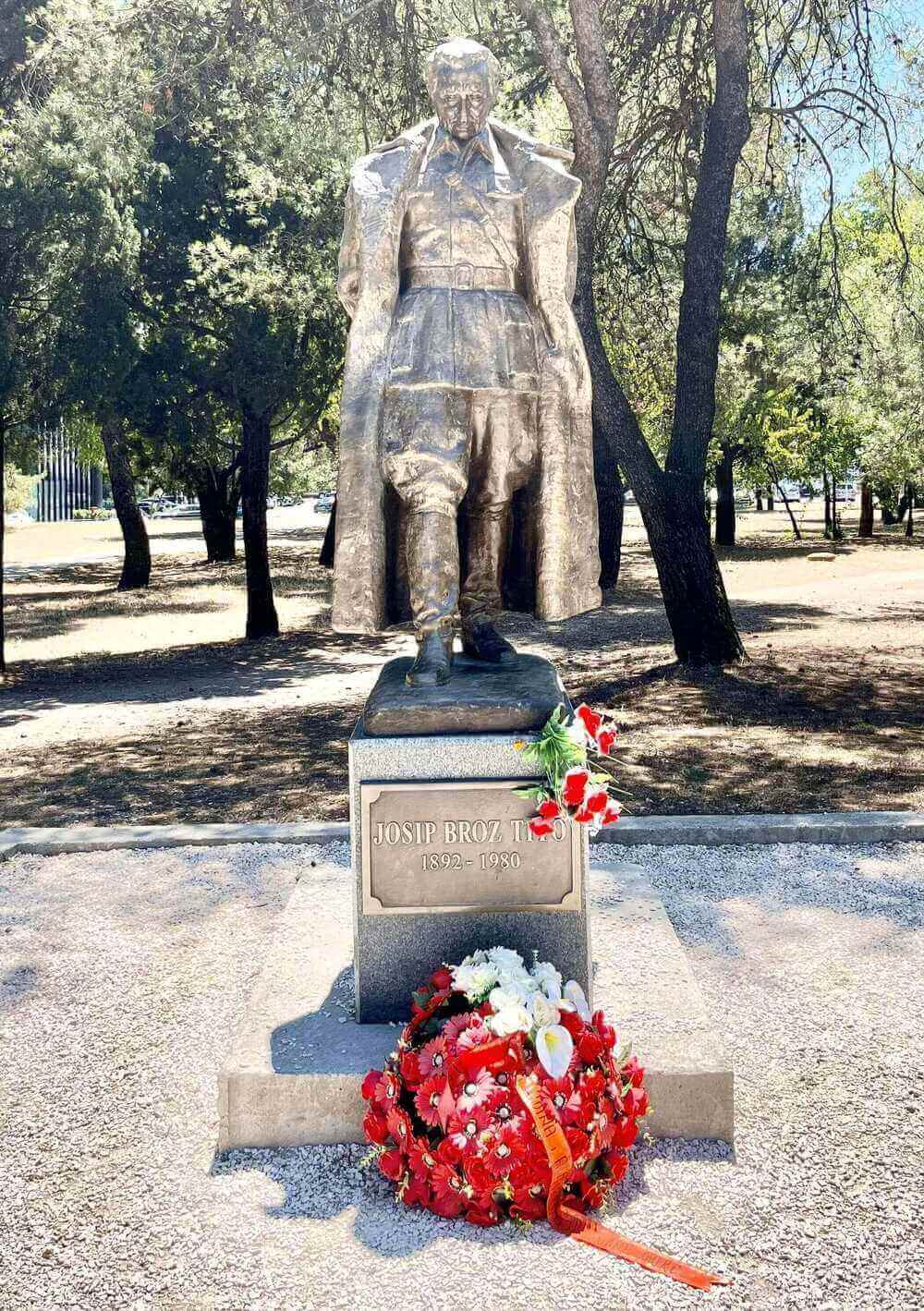
The Cathedral of the Resurrection of Christ is a Serbian Orthodox Church that was built in 2013. The cathedral is located on the western bank of the Moraca River in Podgorica’s new city, and the spacious car park outside it suggested that a large number of people attend its services. I did not have time to enter it, but I learned that inside is a fresco that shows Tito, Marx, and Engels burning in hell. Although Tito remains popular with many people in post-Yugoslav countries, I suppose that his enforcement of state atheism made him much less popular among religious leaders.
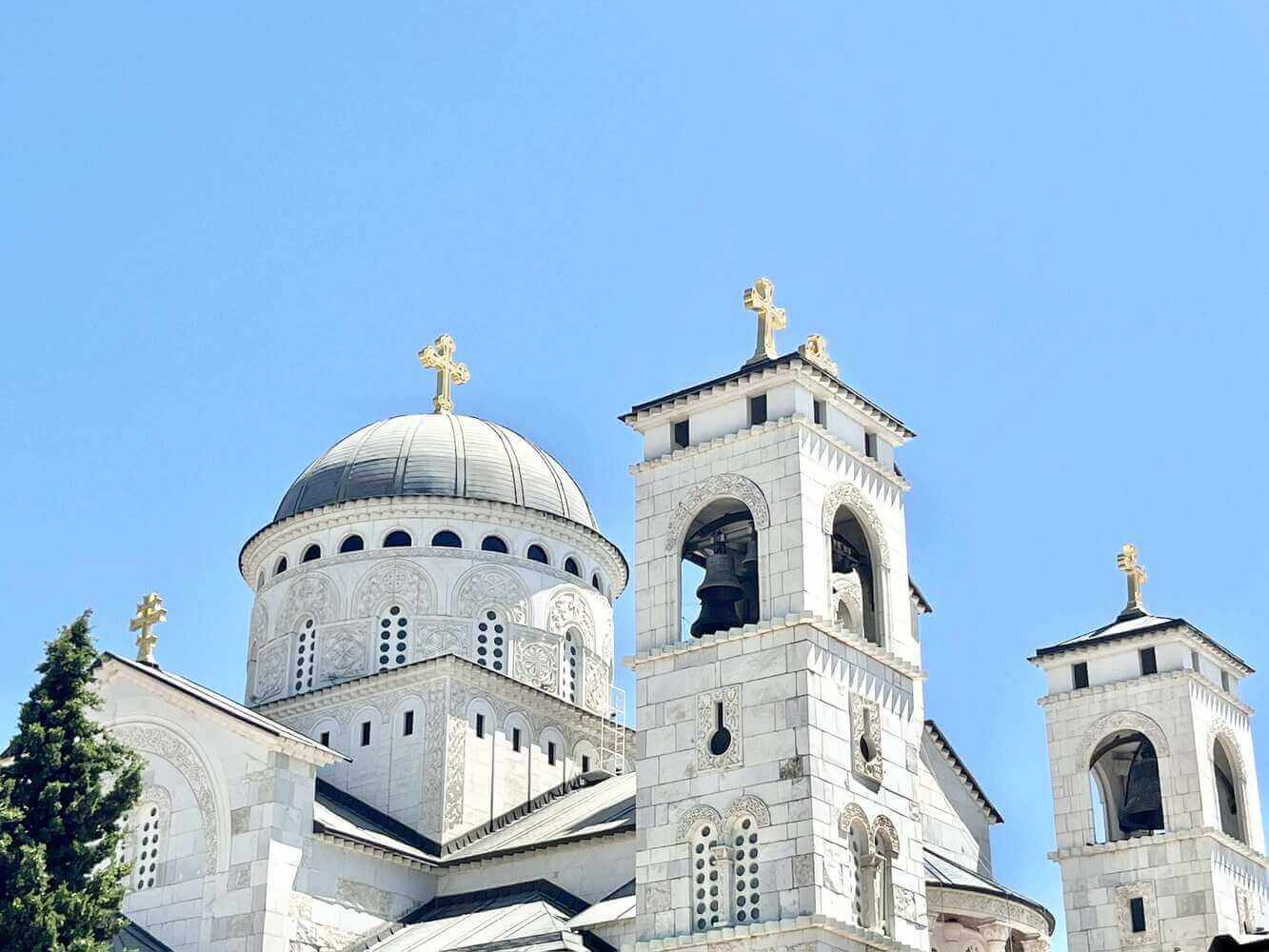
Montenegro is a mountainous country – indeed the nation’s name means “Black Mountain”. I could not resist the opportunity to attempt to climb Montenegro’s tallest mountain – Bobotov Kuk, in the Durmitor mountain range. I took a bus to a remote town called Zabljak at the foot of the mountain. Even though it is a renowned resort town, I was surprised how accessible everything was by public transit. I caught a bad cold and squandered the first day of my sojourn moaning in bed. I attempted the hike the next day but turned back ¾ of the way up. I did make a visit to a dark and dazzling ice cave below the summit. While it was simple enough to go down, its slippery slopes required acrobatic hip gyrations to escape.
